Service Desk at Home Credit. And what's inside? ...
Every company with an IT department has ServiceDesk, but everyone has a different one. Somewhere this is a simple helpdesk for receiving calls, somewhere anykey, here in Home Credit we have the first line of support - a step towards a multi-level operation process, and for many employees - the first step in big IT.
Despite the fact that the first line of technical support is a typical unit, which is in any organization with more or less mature IT processes, its structure, functionality, tools, internal processes quite often differ.
In this article I will try to talk about the device of the first line of technical support at Home Credit Bank, its structure, KPI's, share information about the tools used by employees of this unit.
Well, let's start
At Home Credit Bank, the first line of technical support is 11 employees working per shift daily, with a total number of users of about 12,000 people.
This unit is located on a dedicated IT site of the Bank, which is located in the beautiful small town of Obninsk, in the Kaluga Region, 80 km from Moscow.
This is a detached building, surrounded by woods, with its social infrastructure - a kindergarten for employees' children, a dining room, coffee houses, free buses that bring employees to work and take them home.
At this site, we also have concentrated competencies in development (Java, C #, Go), system analytics, testing, system administration, maintenance and monitoring.
And also the main Data Processing Center is located - the largest and most modern in the territory of the Kaluga region.
For a city with a population of 100,000 people, our IT Center (we are adjacent to the Bank’s contact center on this site) is one of the city’s main enterprises.
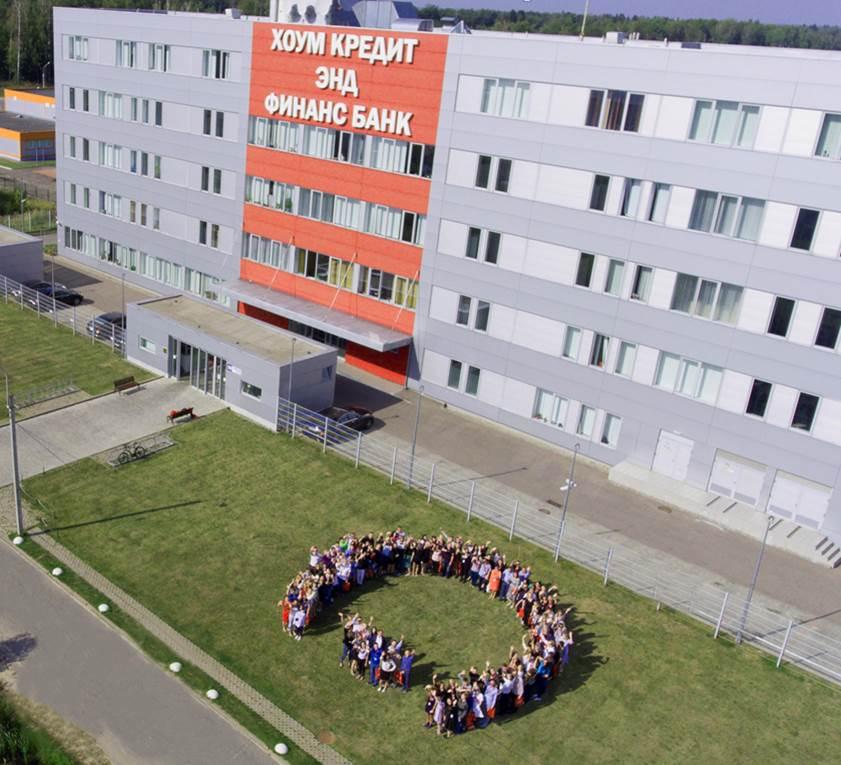
Fig. 1 Obninsk IT site (top view)
But back to our first line of technical support.
The main functionality of its employees consists of:
phone - about 8% of all calls
email - about 4% of all calls
self-service portal - about 83% of all calls
chat bot in Telegram and Viber - about 5% of all calls
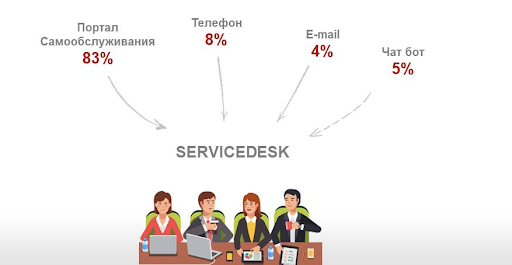
Fig. 2 Channels of receipt of applications for the 1st technical support line of Home Credit Bank
In addition to all this, first-line employees are engaged in SLA control over requests that are in the second line, ensure timely processing of requests that are under approval, analyze the ratings that users put based on the results of their requests, organize surveys of satisfaction with the quality of IT services and do more many different useful things :)
The internal structure of the unit is one group that consists of three communities:
I think you have already guessed that the “calls and routing” community is responsible for the timely receipt of calls and calls, their classification, categorization, and routing to subsequent support lines.
The main KPIs for this community are:

Compliance with the registration rate is an indicator that is calculated as the ratio of the number of calls processed (registered, categorized, routed) within 30 minutes after receipt, to the total number of calls received on the first line.
The share of received calls within 60 seconds - everything is clear here too - this is the percentage of calls that they managed to answer (pick up) within one minute.
The “access and incidents” community, by analogy with its name, performs work on providing access to information banking systems, installs software on users' workstations, and also solves incidents that occur at these workstations using remote administration tools.
Key community KPIs:

The average time to resolve incidents is an absolute indicator, which in minutes shows the average time from the moment INC arrives on the first line until it is resolved.
The share of WO / CRQ completed in 16 business hours is the ratio of queries of the WO / CRQ entity (most often these are requests for access and software installation) completed within 16 business hours to all queries of this entity made on the first line.
The community of duty officers consists of 5 people, the guys work one at a time for 12 hours, thereby covering a full day.
These are universal employees who possess the competencies of both communities and perform the functionality of a particular community, actively participating in balancing the load on the unit.
Common KPIs of the entire Service Desk:

The share of INC resolved on the first line is the ratio of the number of incidents resolved by the employees of the first technical support line to all incidents resolved by IT Bank.
The proportion of requests rediscovered by the user is the ratio of requests that were rediscovered by the user after the first line employee transferred it to the status “completed / closed” to all completed requests.
Each community has a mentor - this is the most experienced employee, whose area of responsibility, in addition to the basic functionality, includes training colleagues, evaluating their work, providing regular feedback and professional development.

Fig. 3 Distribution into communities (employee jobs are located exactly as in the picture)
In the first line, a transparent career ladder is built up, which consists of 2 steps inside the Service Desk with the subsequent transition to the one and a half support line (Frontline), and then to the support, testing or development teams.
The new employee falls into the “calls and routing” community, where the “young fighter course” is held - this is a two-week training program. Here he gets acquainted with banking systems, learns to correctly process incoming phone calls and route calls. If the employee showed himself on the positive side, after some time he is offered to undergo training for the transition to the “access and incidents” community. And, if everything is OK there, then, then, he can go on duty or participate in the competition for a position in the team of the one and a half support line (Frontline).
With each transition, the employee acquires new knowledge and skills that help him move on, and this movement is quite dynamic. We have many examples when in 2 years an employee who came to the “telephone receiver” switched to the second line of support for the Bank’s information system, to the testing unit, or became the group leader. We welcome the internal development and career growth of people in every possible way.
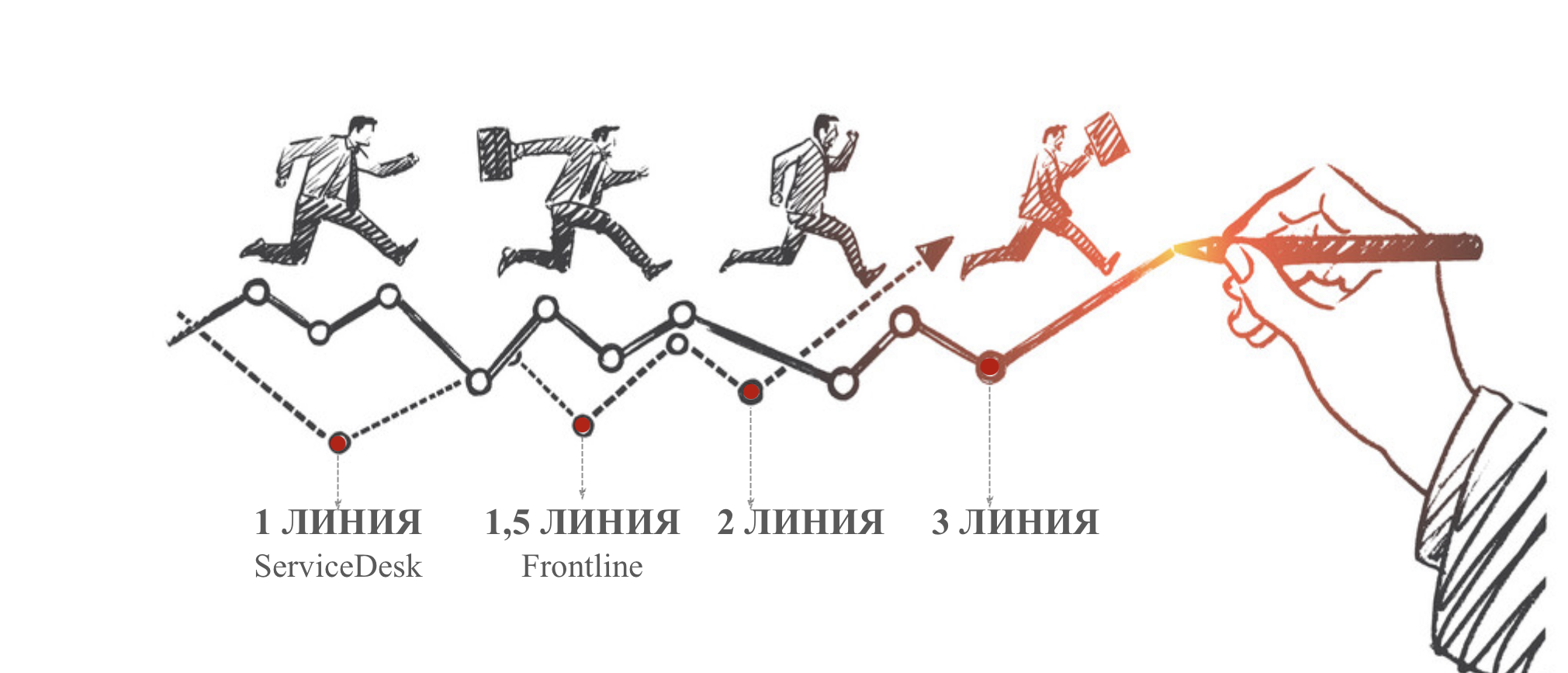
Fig. 4 Career ladder inside IT often starts from the 1st technical support line.
The main tools of the first line of technical support employees, in addition to telephone and e-mail, are: BMC-Remedy automated call processing system, DameWare remote administration systems, Microsoft System Center Configuration Manager, Microsoft Forefront Identity Manager identification management system, WiKi internal self-written portal based on DokuWiki engine, also finalized by ServiceDesk employees, and the Sphinx search engine bolted to it, as well as several dashboards for operational management of the workflow.
Now a little about dashboards.
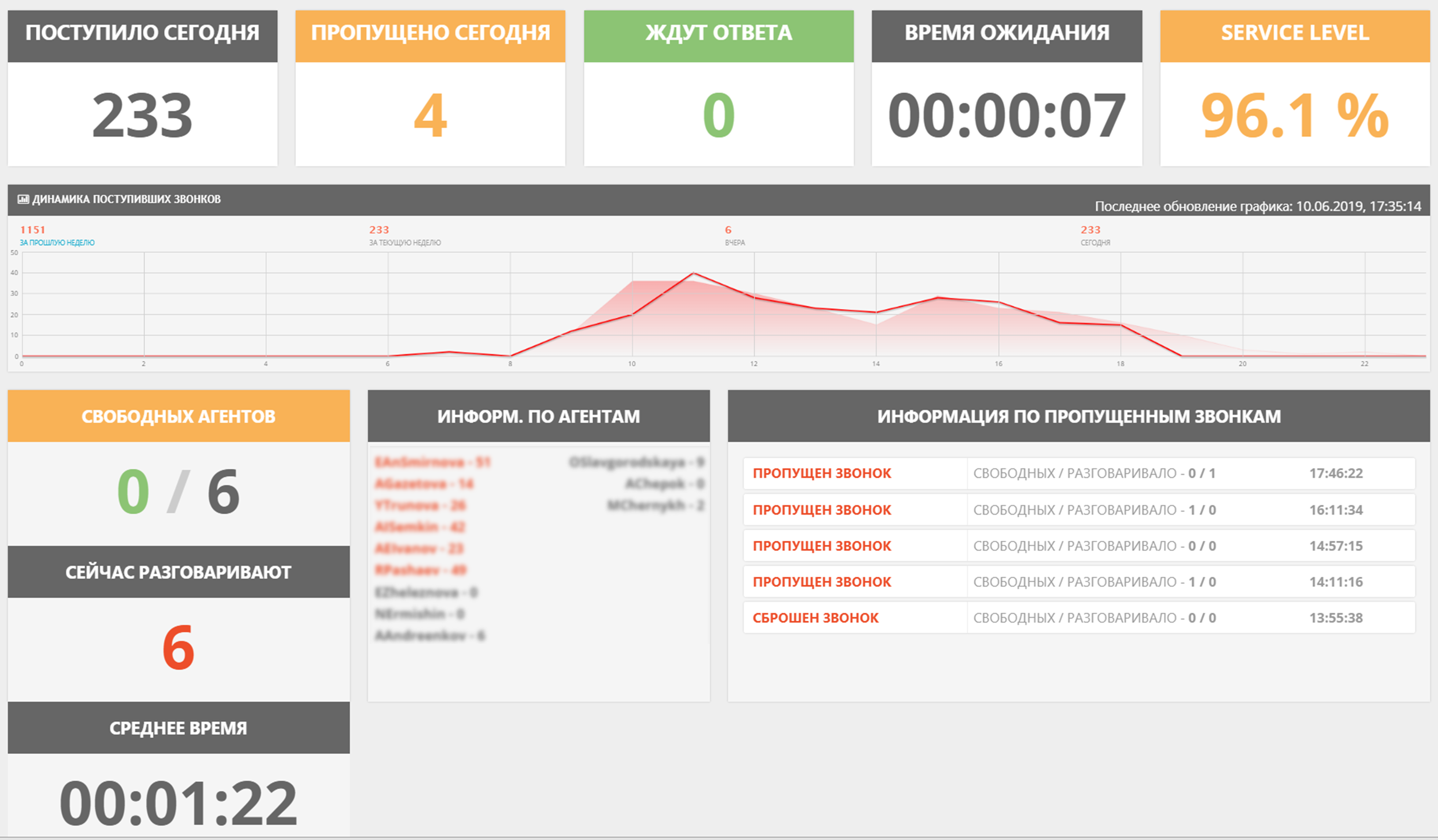
Fig. 5 Online dashboard for calls received on the 1st line
The dashboard in Fig. 5 displays online all the necessary operational information to process incoming calls. On this dashboard we can see how many calls are in the processing queue, how many ServiceDesk employees are on the “line”, how calls are distributed among employees, as well as daily statistics - the number of calls and Service Level.
Information coming to this dashboard is collected from our Genesys telephony system.

Fig. 6 Online dashboard for requests received on the 1st line and their routing
Fig. 6 shows a dashboard that we use to process incoming requests to the Calls and Routing community, and from there to other units involved in the incident management process.
This dashboard also displays information on the employee’s total labor for the current day, the number of requests rated by users is below average, and the number of calls received by each of the employees.
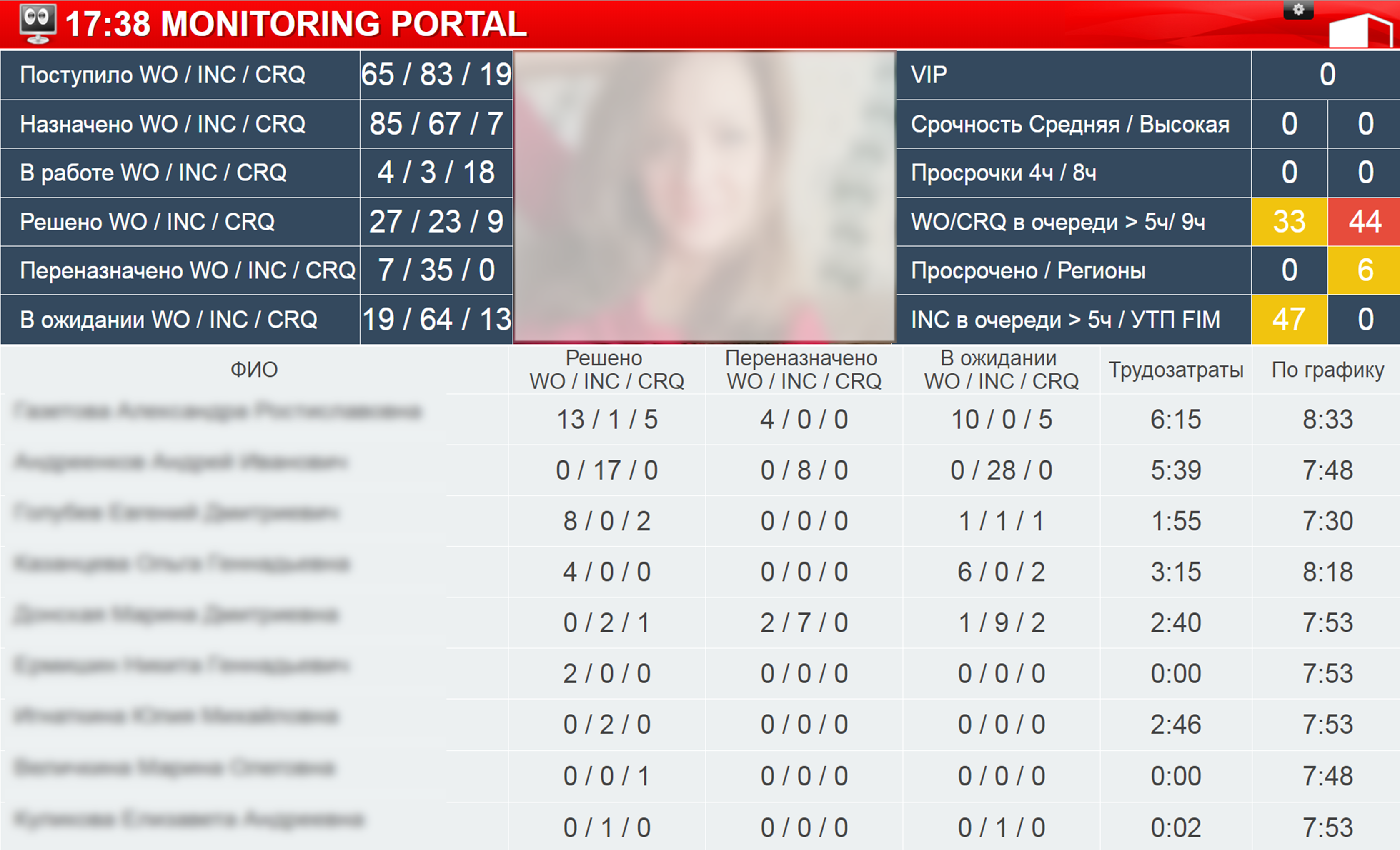
Fig. 7 Online dashboard for access requests, software installation and incident resolution
Fig. 7 shows the main dashboard of the “access and incidents” community: who and how many completed requests per day, the general queue, requests approaching the end of the OLA, etc.
Also, a quality control system was developed for the unit, which consists of 3 components:
According to the results of weekly quality control, each employee gains a certain percentage, the average percentage for the unit affects the bonus component of all employees, KPI is common for all. All information is displayed on a common dashboard, on which each employee sees his own indicators and the overall indicator for the unit.
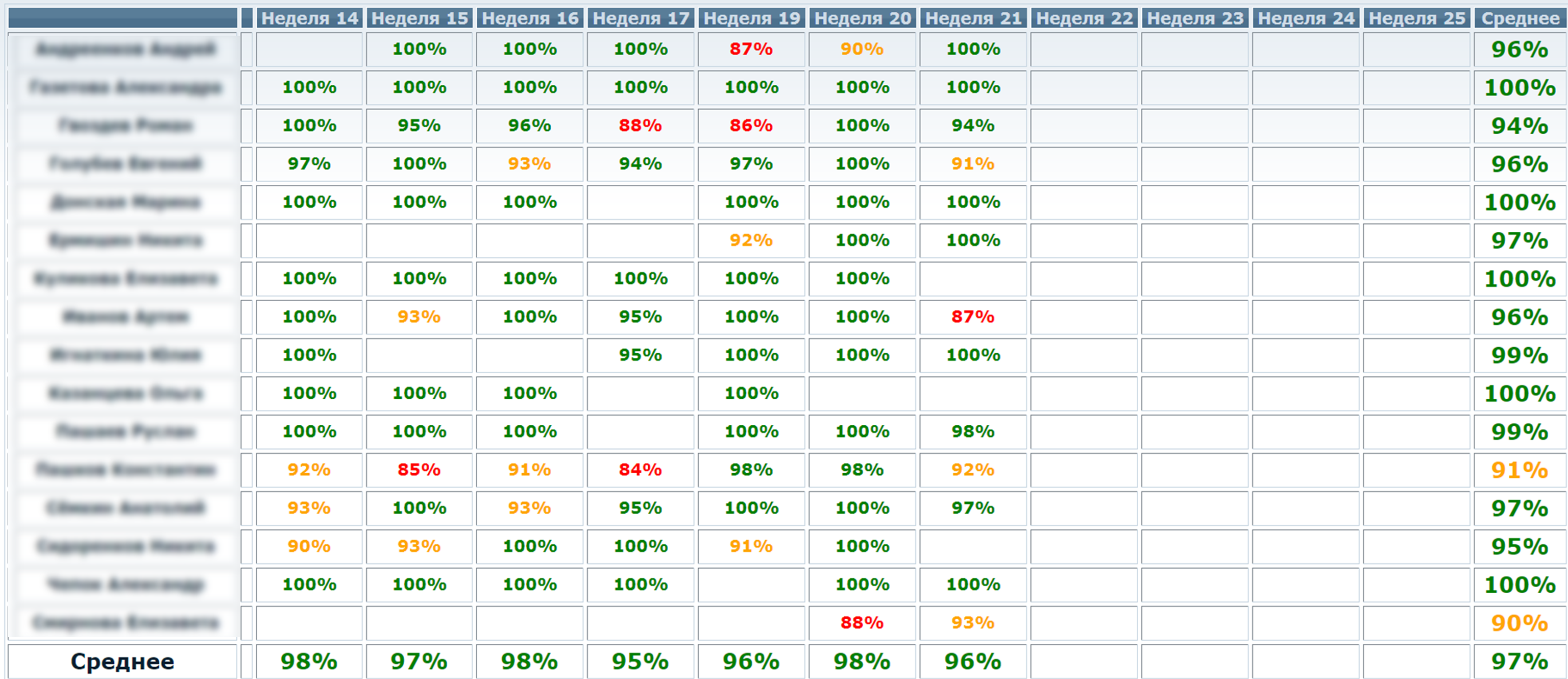
Fig. 8 Dashboard with assessments for the quality control of employees of the 1st technical support line
To receive a bonus, the results of quality control of the entire unit should not be lower than 95%, it is the general indicator that is taken into account, and not the individual one. This serves as an additional motivation for employees to work in a team, help each other, share knowledge and keep up-to-date knowledge base.
The main tasks that we set for ourselves are: minimizing manual labor, maximizing automation of all processes of the first line of technical support through the introduction of intelligent systems for the automatic processing and routing of calls created on the basis of neural networks, as well as the use of chat bots to reduce the load on the telephone line.
All of these projects in our country run in parallel and bear fruit, some of which we will discuss in our next articles.
Despite the fact that the first line of technical support is a typical unit, which is in any organization with more or less mature IT processes, its structure, functionality, tools, internal processes quite often differ.
In this article I will try to talk about the device of the first line of technical support at Home Credit Bank, its structure, KPI's, share information about the tools used by employees of this unit.
Well, let's start
At Home Credit Bank, the first line of technical support is 11 employees working per shift daily, with a total number of users of about 12,000 people.
This unit is located on a dedicated IT site of the Bank, which is located in the beautiful small town of Obninsk, in the Kaluga Region, 80 km from Moscow.
This is a detached building, surrounded by woods, with its social infrastructure - a kindergarten for employees' children, a dining room, coffee houses, free buses that bring employees to work and take them home.
At this site, we also have concentrated competencies in development (Java, C #, Go), system analytics, testing, system administration, maintenance and monitoring.
And also the main Data Processing Center is located - the largest and most modern in the territory of the Kaluga region.
For a city with a population of 100,000 people, our IT Center (we are adjacent to the Bank’s contact center on this site) is one of the city’s main enterprises.

Fig. 1 Obninsk IT site (top view)
But back to our first line of technical support.
The main functionality of its employees consists of:
- receiving, registering, routing requests from users arriving through the following channels:
phone - about 8% of all calls
email - about 4% of all calls
self-service portal - about 83% of all calls
chat bot in Telegram and Viber - about 5% of all calls
- solving incidents and installing software at user workstations using remote administration tools
- granting access rights to users in the Bank’s information systems

Fig. 2 Channels of receipt of applications for the 1st technical support line of Home Credit Bank
In addition to all this, first-line employees are engaged in SLA control over requests that are in the second line, ensure timely processing of requests that are under approval, analyze the ratings that users put based on the results of their requests, organize surveys of satisfaction with the quality of IT services and do more many different useful things :)
The internal structure of the unit is one group that consists of three communities:
- Call & Routing Communities
- Access and Incident Communities
- community duty staff
I think you have already guessed that the “calls and routing” community is responsible for the timely receipt of calls and calls, their classification, categorization, and routing to subsequent support lines.
The main KPIs for this community are:

Compliance with the registration rate is an indicator that is calculated as the ratio of the number of calls processed (registered, categorized, routed) within 30 minutes after receipt, to the total number of calls received on the first line.
The share of received calls within 60 seconds - everything is clear here too - this is the percentage of calls that they managed to answer (pick up) within one minute.
The “access and incidents” community, by analogy with its name, performs work on providing access to information banking systems, installs software on users' workstations, and also solves incidents that occur at these workstations using remote administration tools.
Key community KPIs:

The average time to resolve incidents is an absolute indicator, which in minutes shows the average time from the moment INC arrives on the first line until it is resolved.
The share of WO / CRQ completed in 16 business hours is the ratio of queries of the WO / CRQ entity (most often these are requests for access and software installation) completed within 16 business hours to all queries of this entity made on the first line.
The community of duty officers consists of 5 people, the guys work one at a time for 12 hours, thereby covering a full day.
These are universal employees who possess the competencies of both communities and perform the functionality of a particular community, actively participating in balancing the load on the unit.
Common KPIs of the entire Service Desk:

The share of INC resolved on the first line is the ratio of the number of incidents resolved by the employees of the first technical support line to all incidents resolved by IT Bank.
The proportion of requests rediscovered by the user is the ratio of requests that were rediscovered by the user after the first line employee transferred it to the status “completed / closed” to all completed requests.
Each community has a mentor - this is the most experienced employee, whose area of responsibility, in addition to the basic functionality, includes training colleagues, evaluating their work, providing regular feedback and professional development.

Fig. 3 Distribution into communities (employee jobs are located exactly as in the picture)
In the first line, a transparent career ladder is built up, which consists of 2 steps inside the Service Desk with the subsequent transition to the one and a half support line (Frontline), and then to the support, testing or development teams.
The new employee falls into the “calls and routing” community, where the “young fighter course” is held - this is a two-week training program. Here he gets acquainted with banking systems, learns to correctly process incoming phone calls and route calls. If the employee showed himself on the positive side, after some time he is offered to undergo training for the transition to the “access and incidents” community. And, if everything is OK there, then, then, he can go on duty or participate in the competition for a position in the team of the one and a half support line (Frontline).
With each transition, the employee acquires new knowledge and skills that help him move on, and this movement is quite dynamic. We have many examples when in 2 years an employee who came to the “telephone receiver” switched to the second line of support for the Bank’s information system, to the testing unit, or became the group leader. We welcome the internal development and career growth of people in every possible way.

Fig. 4 Career ladder inside IT often starts from the 1st technical support line.
The main tools of the first line of technical support employees, in addition to telephone and e-mail, are: BMC-Remedy automated call processing system, DameWare remote administration systems, Microsoft System Center Configuration Manager, Microsoft Forefront Identity Manager identification management system, WiKi internal self-written portal based on DokuWiki engine, also finalized by ServiceDesk employees, and the Sphinx search engine bolted to it, as well as several dashboards for operational management of the workflow.
Now a little about dashboards.

Fig. 5 Online dashboard for calls received on the 1st line
The dashboard in Fig. 5 displays online all the necessary operational information to process incoming calls. On this dashboard we can see how many calls are in the processing queue, how many ServiceDesk employees are on the “line”, how calls are distributed among employees, as well as daily statistics - the number of calls and Service Level.
Information coming to this dashboard is collected from our Genesys telephony system.

Fig. 6 Online dashboard for requests received on the 1st line and their routing
Fig. 6 shows a dashboard that we use to process incoming requests to the Calls and Routing community, and from there to other units involved in the incident management process.
This dashboard also displays information on the employee’s total labor for the current day, the number of requests rated by users is below average, and the number of calls received by each of the employees.

Fig. 7 Online dashboard for access requests, software installation and incident resolution
Fig. 7 shows the main dashboard of the “access and incidents” community: who and how many completed requests per day, the general queue, requests approaching the end of the OLA, etc.
Also, a quality control system was developed for the unit, which consists of 3 components:
- verbal - is made by listening to the calls of each employee (3 calls per week, randomly selected). We determine how the employee talks to the user, how correct and polite, how well his dialogue is built and whether it corresponds to the regulated algorithm.
- process - is made by sampling from 5 to 10 requests that were processed by the employee for the week. We see how correctly the request is filled, whether the necessary comments are added, whether it was correctly routed, etc.
- technical - we analyze the same requests as in the paragraph above, see how technically correctly the request was completed, whether this execution was optimal.
According to the results of weekly quality control, each employee gains a certain percentage, the average percentage for the unit affects the bonus component of all employees, KPI is common for all. All information is displayed on a common dashboard, on which each employee sees his own indicators and the overall indicator for the unit.

Fig. 8 Dashboard with assessments for the quality control of employees of the 1st technical support line
To receive a bonus, the results of quality control of the entire unit should not be lower than 95%, it is the general indicator that is taken into account, and not the individual one. This serves as an additional motivation for employees to work in a team, help each other, share knowledge and keep up-to-date knowledge base.
The main tasks that we set for ourselves are: minimizing manual labor, maximizing automation of all processes of the first line of technical support through the introduction of intelligent systems for the automatic processing and routing of calls created on the basis of neural networks, as well as the use of chat bots to reduce the load on the telephone line.
All of these projects in our country run in parallel and bear fruit, some of which we will discuss in our next articles.
All Articles